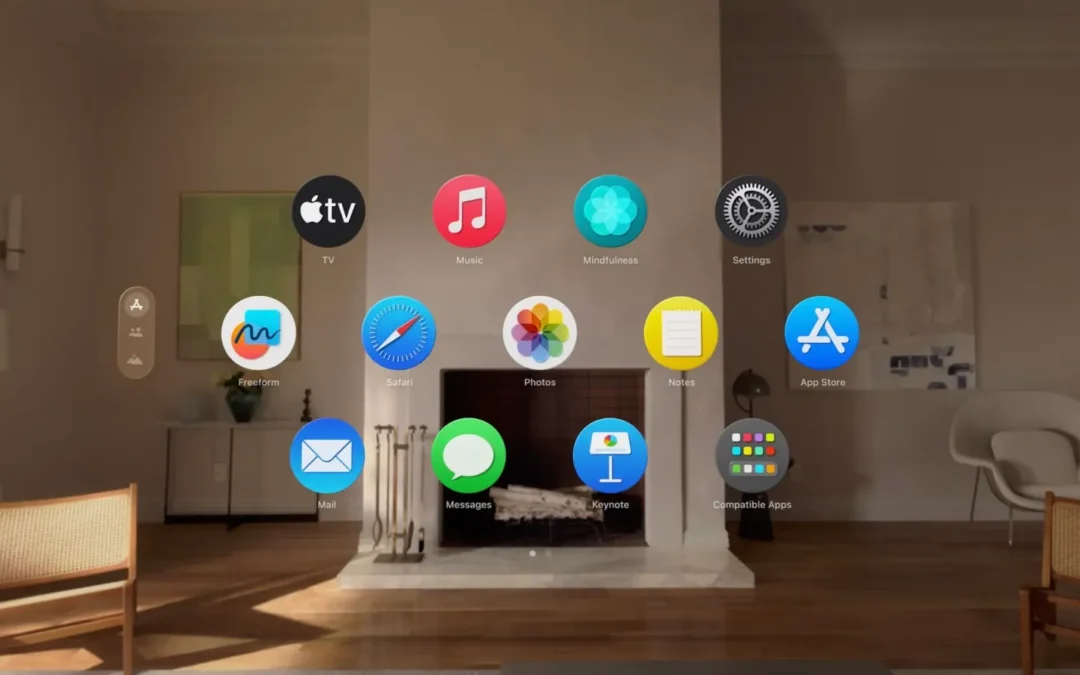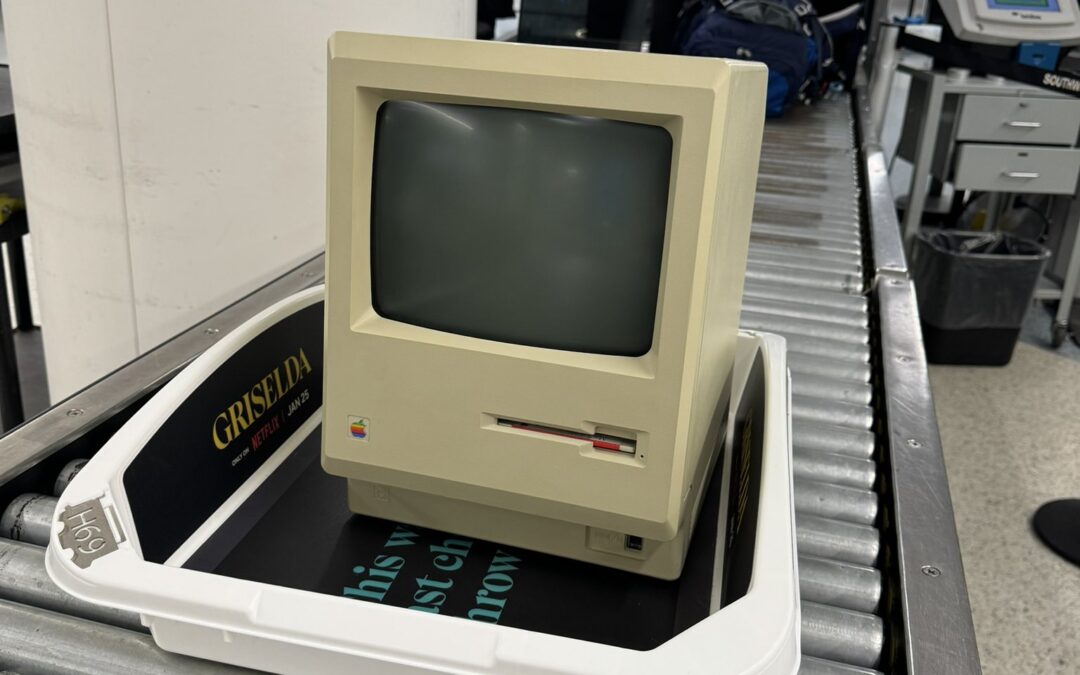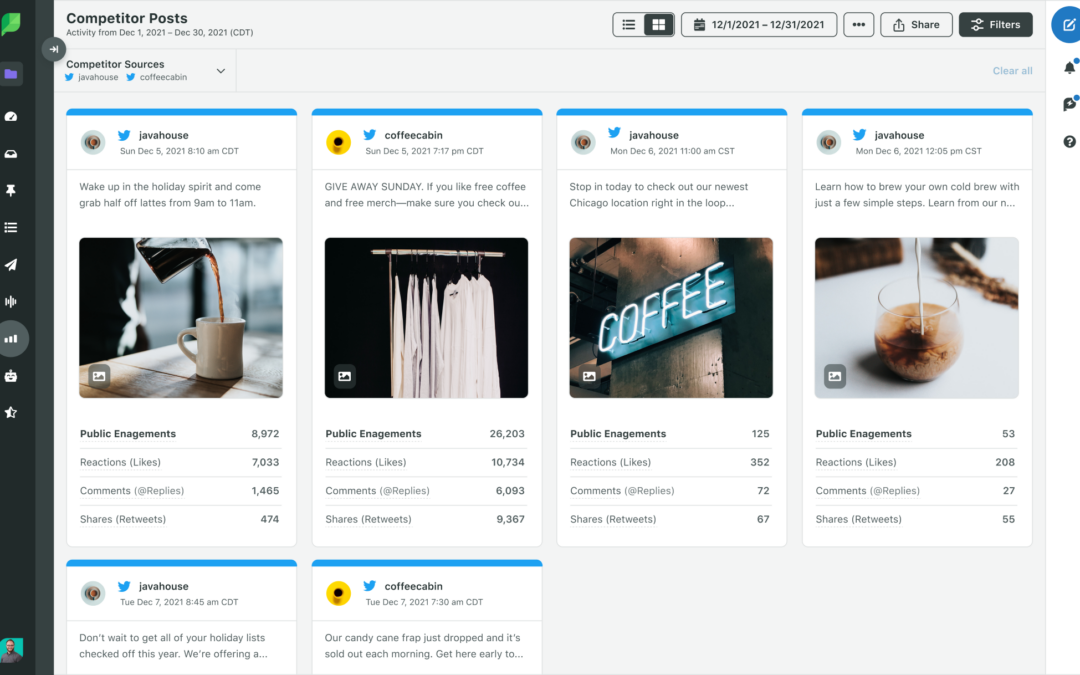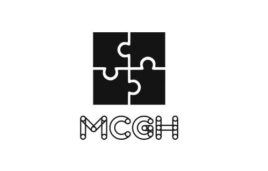
by chrisdofdof | Jan 25, 2024 | General, Main-Story-1
Microsoft announced today that it will lay off 1,900 employees as part of a restructuring plan to streamline its operations and focus on its core businesses. The layoffs will affect employees across various divisions, including engineering, sales, marketing, and finance. Microsoft said that the majority of the affected employees will be notified by the end of March and will receive severance packages and transition assistance.
The company said that the layoffs are necessary to adapt to the changing market conditions and customer demands, as well as to invest in new areas of growth and innovation. Microsoft CEO Satya Nadella said in a statement: “We are taking these steps to ensure that Microsoft remains a leader in the technology industry and a trusted partner for our customers. We are grateful for the contributions of our employees and we are committed to supporting them through this transition.”
Microsoft also said that it will continue to hire in strategic areas, such as cloud computing, artificial intelligence, gaming, and cybersecurity. The company said that it expects to create more than 2,000 new jobs in these fields by the end of the year. Microsoft said that it aims to become a more agile and efficient organization that can deliver value to its customers and shareholders.

by chrisdofdof | Jan 25, 2024 | Main-Story-2
Artificial intelligence (AI) is transforming the healthcare industry in unprecedented ways. From diagnosis to treatment, from research to management, AI is enabling new possibilities and improving outcomes. Here are five things to expect from AI in healthcare in 2024:
- AI will augment human doctors, not replace them. AI can assist doctors with tasks such as analyzing medical images, generating reports, recommending treatments, and monitoring patients. However, AI cannot replace the human touch, empathy, and ethical judgment that doctors provide. AI will enhance the capabilities of doctors, not threaten their jobs.
- AI will personalize medicine and improve patient experience. AI can help tailor treatments and interventions to each patient’s specific needs and preferences. For example, AI can use genomic data to identify the best drugs for a patient or use behavioral data to nudge a patient to adhere to a treatment plan. AI can also improve patient experience by providing chatbots, virtual assistants, and telemedicine services.
- AI will accelerate drug discovery and development. AI can help discover new drugs and test their efficacy and safety faster and cheaper than traditional methods. For example, AI can use natural language processing to mine scientific literature, use computer vision to screen compounds, use machine learning to predict drug interactions use deep learning to design new molecules.
- AI will improve healthcare operations and efficiency. AI can help optimize healthcare processes and resources, such as scheduling appointments, managing inventory, allocating staff, and reducing waste. For example, AI can use predictive analytics to forecast demand, use reinforcement learning to optimize workflows, use computer vision to monitor equipment use natural language processing to automate documentation.
- AI will democratize healthcare access and quality. AI can help overcome the barriers of cost, distance, and availability that prevent many people from accessing quality healthcare. For example, AI can provide low-cost diagnostic tools, remote consultation services, and online education platforms that can reach underserved populations and regions.

by chrisdofdof | Jan 25, 2024 | Apple
Vision Pro is a powerful and versatile software that allows you to create stunning visual effects, animations, and graphics for your projects. Whether you are a professional designer, animator, or video editor, Vision Pro can help you unleash your creativity and enhance your workflow. In this blog post, we will introduce you to some of the best apps that are made for Vision Pro, and how they can improve your productivity and quality of work.
- Motion: Motion is a motion graphics app that lets you create amazing animations, transitions, titles, and effects for your videos. You can use Motion to design your own custom templates, or choose from hundreds of presets and templates that are compatible with Vision Pro. Motion also integrates seamlessly with Vision Pro, so you can easily import and export your projects between the two apps.
- Pixelmator Pro: Pixelmator Pro is a powerful image editing app that offers a full set of tools for retouching, enhancing, and manipulating your photos. You can use Pixelmator Pro to edit your images in Vision Pro, or export them as layers, masks, or shapes. Pixelmator Pro also supports Vision Pro’s color grading features, so you can adjust the colors and tones of your images with precision and ease.
- Logic Pro: Logic Pro is a professional music production app that lets you create, record, mix, and master your songs. You can use Logic Pro to add soundtracks, sound effects, and voiceovers to your Vision Pro projects. Logic Pro also supports Vision Pro’s audio editing features, so you can sync, trim, fade, and adjust the volume of your audio tracks with accuracy and flexibility.
- Final Cut Pro: Final Cut Pro is a professional video editing app that lets you edit, organize, and deliver your videos with speed and quality. You can use Final Cut Pro to edit your Vision Pro projects or import them as clips, generators, or effects. Final Cut Pro also supports Vision Pro’s video editing features, so you can crop, rotate, stabilize, and transform your videos with ease.
These are just some of the apps that are made for Vision Pro. Many more apps can enhance your Vision Pro experience and help you create amazing visual content. You can find them on the App Store or the Vision Pro website. Try them out today and see what you can do with Vision Pro!
A list of apps built for the Vision Pro

by chrisdofdof | Jan 25, 2024 | Apple
The Macintosh, or Mac, is one of the most iconic and influential products in the history of personal computing. It was introduced by Apple in 1984, and since then, it has gone through many changes and improvements, reflecting the evolution of technology and design. In this blog post, we will take a look at some of the milestones and innovations that have shaped the Mac over the past 40 years.
The original Macintosh
The first Macintosh was launched on January 24, 1984, with a famous Super Bowl commercial directed by Ridley Scott. It was a compact, all-in-one computer with a 9-inch black-and-white display, a built-in floppy disk drive, and a mouse. It had a 7.83 MHz Motorola 68000 processor, 128 KB of RAM, and 64 KB of ROM. It ran the Macintosh System Software, which featured a graphical user interface (GUI) that was intuitive and user-friendly. The Macintosh was designed to be easy to use, affordable, and accessible to the masses.
The Macintosh was a revolutionary product that challenged the dominance of IBM and Microsoft in the PC market. It introduced many features that are now standard in modern computers, such as windows, icons, menus, folders, drag-and-drop, and cut-and-paste. It also popularized the use of the mouse as an input device, which made navigation and interaction much easier than using a keyboard alone.
The Macintosh was not without its flaws, however. It had limited memory and storage capacity, which made it difficult to run multiple applications or handle complex tasks. It also lacked expansion slots and ports, which limited its compatibility with other devices and peripherals. It was also relatively expensive compared to its competitors, costing $2,495 at launch.
Despite these drawbacks, the Macintosh was a commercial success, selling over 70,000 units in its first four months. It also attracted a loyal fan base of creative professionals, educators, and enthusiasts who appreciated its innovative design and functionality.
The Macintosh II
The second generation of the Macintosh was introduced in 1987, with the Macintosh II model. It was a significant upgrade from the original Macintosh, featuring a modular design that allowed users to customize and expand their system with various components and cards. It also had a color display option for the first time, supporting up to 256 colors at a resolution of 640 x 480 pixels. It had a 16 MHz Motorola 68020 processor, 1 MB of RAM (expandable to 68 MB), and 256 KB of ROM. It ran the Macintosh System Software 5.0, which added support for multitasking and virtual memory.
The Macintosh II was aimed at the high-end market, targeting professionals who needed more power and flexibility than the original Macintosh could offer. It was also compatible with more devices and software than its predecessor, thanks to its expansion slots and ports. It could connect to SCSI devices, Ethernet networks, AppleTalk networks, printers, scanners, modems, keyboards, mice, joysticks, speakers, microphones, and more.
The Macintosh II was also very expensive compared to its competitors, costing $3,898 for the base model without a monitor or keyboard. It was also bulky and heavy compared to the compact design of the original Macintosh.
The Macintosh II was followed by several variants and successors over the next few years

by chrisdofdof | Jan 19, 2024 | General
X is rolling out audio and video calls to Android
If you are an Android user and a fan of X, we have some good news for you. X is rolling out audio and video calls to Android devices, so you can enjoy high-quality voice and video chats with your friends and family on the go.
X is a popular messaging app that lets you send and receive text, photos, videos, stickers, GIFs, and more. You can also create groups and channels to communicate with people who share your interests. X is known for its speed, security, and privacy features, such as end-to-end encryption, self-destructing messages, and cloud-based storage.
Now, X is adding another feature to its Android app: audio and video calls. You can make free voice and video calls to anyone who uses X, regardless of their location or device. You can also switch between voice and video during a call, mute yourself, or turn off your camera. The calls are encrypted and optimized for low data usage, so you don’t have to worry about your privacy or your bill.
To start a call, simply tap on the phone icon in the chat header of any X conversation. You can also access your recent calls from the Calls tab in the main menu. You will need to update your X app to the latest version to use this feature.
We hope you enjoy this new feature and stay connected with your loved ones on X. Let us know what you think in the comments below or on our social media channels. Thank you for using X!





